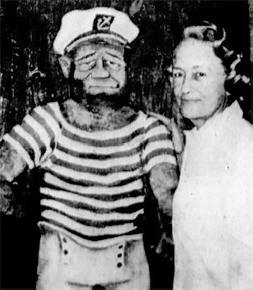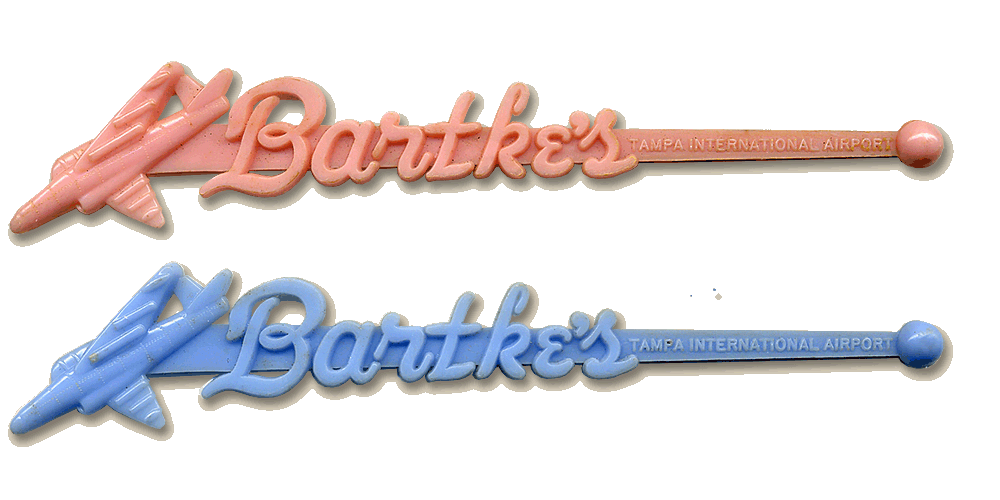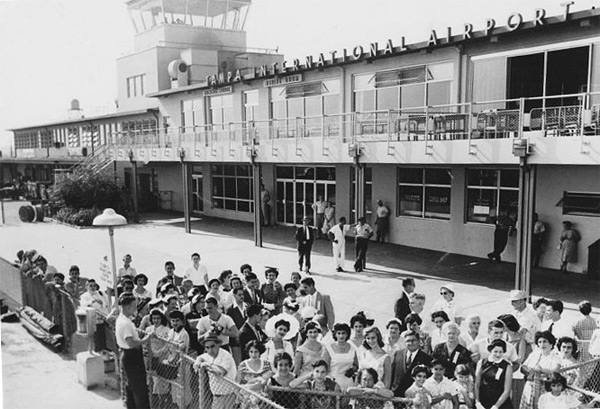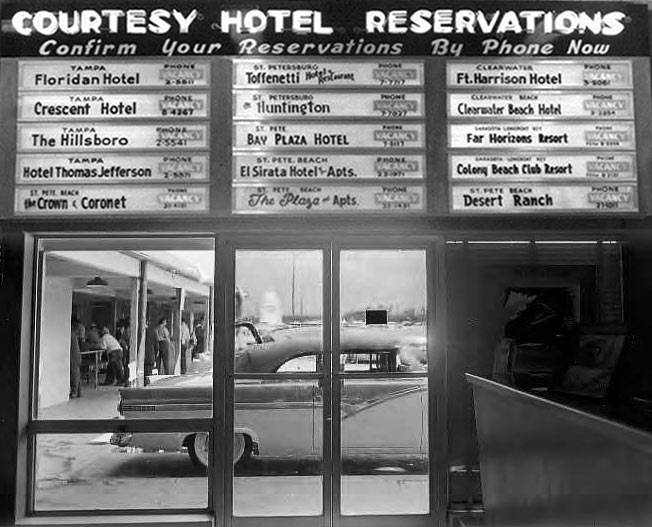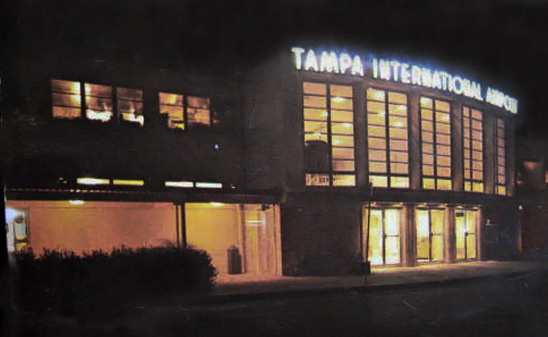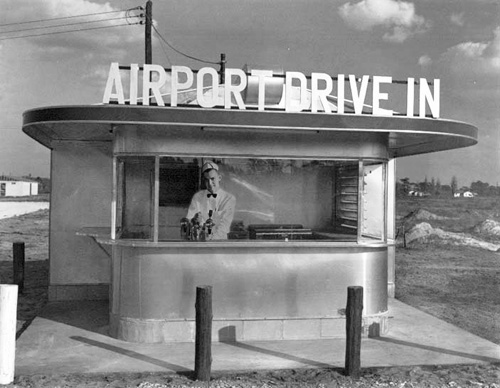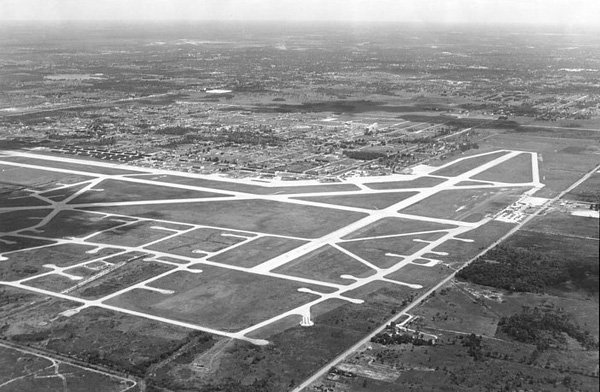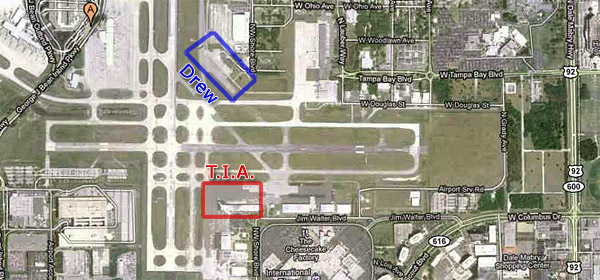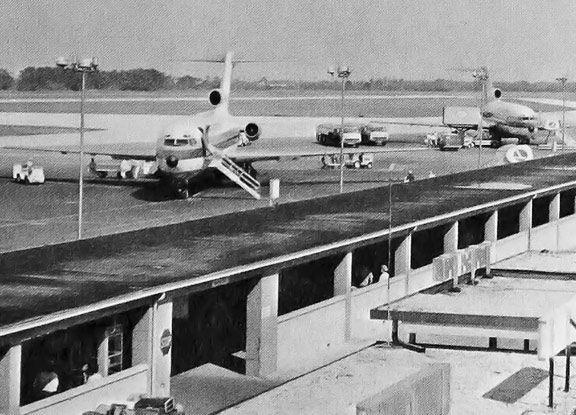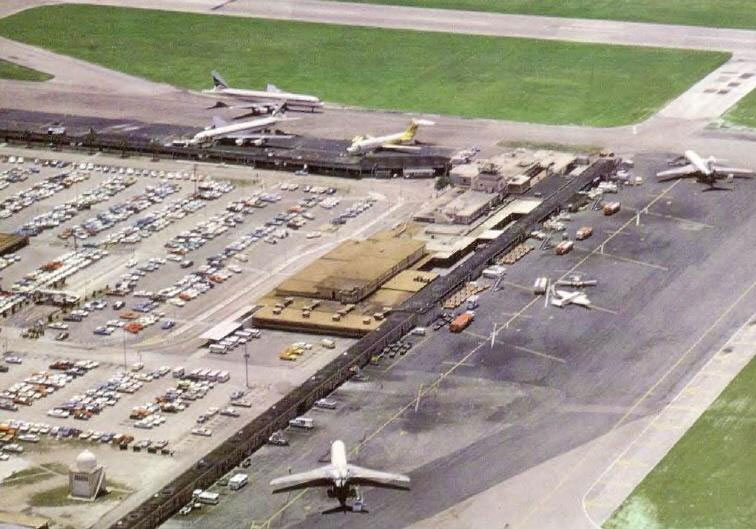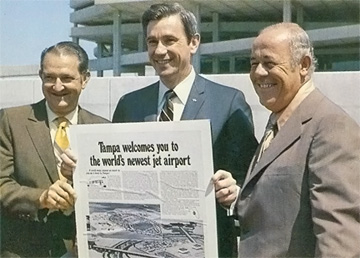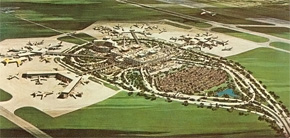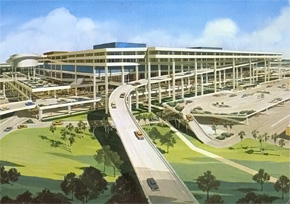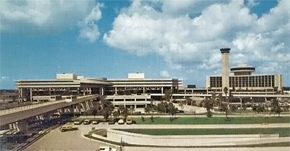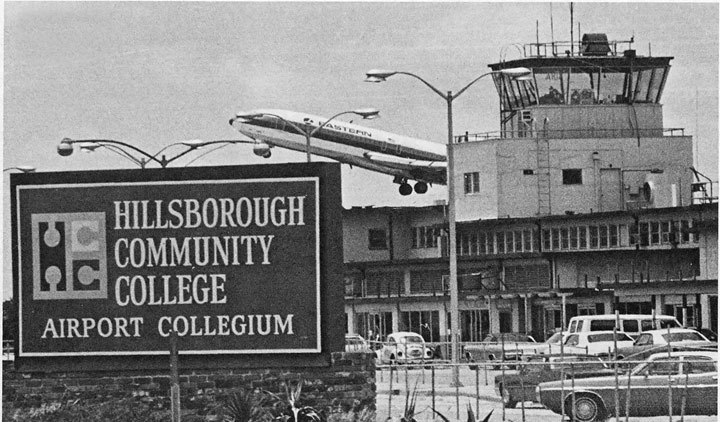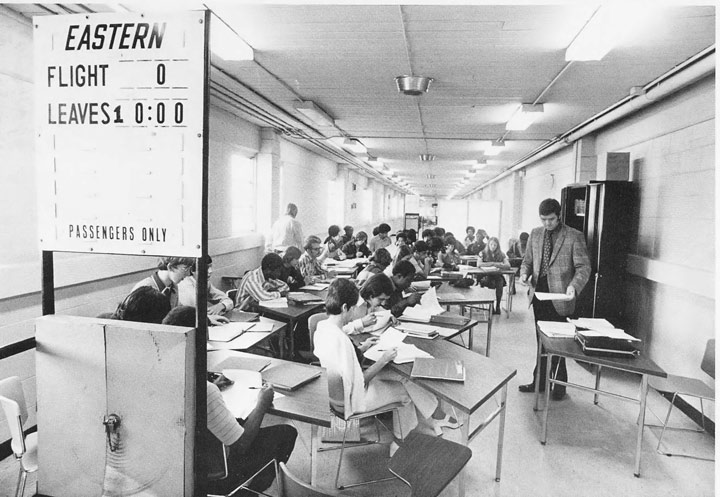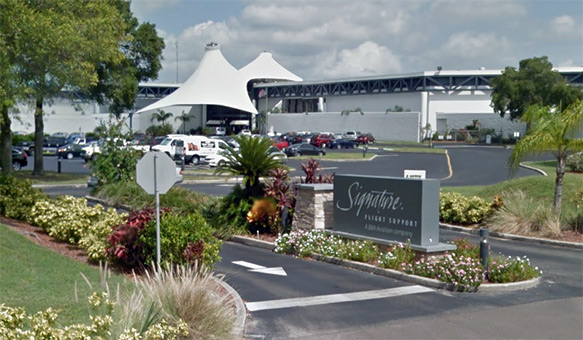|
|
|
TAMPA
AIRFIELD 1926, BEFORE DREW FIELD WAS BUILT,
looking westward DREW FIELD EARLY HISTORY The development of Drew Field was a WPA project of major importance. Pioneer pilots who came to Tampa in the WW1 days and before that, used Benjamin Field on Howard Avenue as a landing place. Benjamin Field was part of a tract of land given to Henry B. Plant by George N. Benjamin, one of the founders of West Tampa, as an inducement to the railroad magnate to build the Tampa Bay Hotel. The field was used in the 1920s as the site for an armory. During the Florida land boom of the 1920s, many attempts were made by private individuals to establish air fields on the outskirts of Tampa, but no adequate field was provided. In 1926 and 1927, commercial aviation developed so quickly that Tampa officials finally decided that the city must have an airport if it expected to keep in step with the times. After long discussions regarding sites, the city finally leased for 5 years a 160-acre tract in the Rocky Point district owned by John Higley Drew, a farmer and an avid aviation enthusiast. The lease with an option to buy was signed Jan. 1, 1928. The old City Commission had agreed to pay $500 annually for five years, starting in 1927, and gave Drew the gas and oil concessions on the field. Soon afterward, an adjoining 80-acre tract was leased from the Chicago-Tampa Development Company. Space was leased to A.B. McMullen for an air school and many of Tampa's first flyers took lessons there. Air meets were held in Feb. 1928 and Feb. 1929. In May 1929, an $18,000 hangar was built by the city. Drew Field was considered for the site of the municipal airport, but it contained few airport amenities.
Tampa mayor Perry Wall
(far right) and Postmistress Elizabeth Barnard at Drew Field with
Florida Airways airmail plane and personnel, 1926. The 160-acre tract stretched from Tampa Bay Boulevard southward to Michigan Avenue (not called Columbus Drive until 1933), and it did not provide smooth sailing to start with. The city paid $10,500 to Drew to dig up stumps and clear the land, but the work must not have been completed by September 1929. Heavy rains brought complaints that the airport had become a huge mud hole, with stumps scattered about petrifying pilots seeking to land or take off. Conditions were so adverse that the company providing airmail service to Tampa announced it was switching to Lakeland until things improved. Sheriff L.M. Hatton, flying a small plane reportedly hit a soft spot on the field and took a nosedive into the mud. The A.B. McMullen Flying School stopped solo flights by its students until the airport dried out. And worst of all, there was real concern that the city might lose its status as a stop for the New York, Rio and Buenos Aires airline (NYRBA). The recently constructed hangar didn’t have a solid floor, and aviators complained that the structure had been built "near a low corner, not near the center" of the property, according to The Tampa Tribune. In other words, the mud was making a mess of the hangar, too. On Sept. 12, the Montevideo, a NYRBA airship, had to land off Davis Islands, where a yacht waited with a signal torch. A telegram to Charleston had warned the pilot not to hazard the mud at Drew Field. Another amphibian plane put down into the bay near the Bayshore Royal Hotel after a heavy storm broke as the pilot approached Drew. A Tribune reporter and two small boys rowed the crew ashore. Later the decision was made to move the plane to Drew Field, but another "blinding rain" brought a "perilous landing" and the airship hit a stump. All of these incidents were described in detail by The Tribune in what became a concentrated campaign to arouse the citizenry to action on the airport problems.
Burgert Bros. photo from the Tampa Hillsborough County Public Library
Further development of the field was halted by insistent demands that Tampa should develop a truly first-class airport where facilities would be available for both hydroplanes and land planes. The demands were inspired by promises from officials of the Pan American Airway System that Tampa would be made the base of that company's operations if such an airport would be provided. Enthused by the promises, the citizens approved a $750,000 bond issue to pay for the port, to be built on an island made by dredging in Tampa Bay off Ballast Point. A long, bitter fight ensued. Many residents in the Bayshore district objected vehemently to the proposed island airport, saying that it would lower their property values. Strongly backed movements were started to sell the city land in other locations. To settle the dispute, Mayor D. B. McKay appointed four outstanding men to serve on the airport committee: Franklin O. Adams, F. L. Judd, Captain George Perkins, and Lieutenant Philip Pratt. After lengthy deliberations, the committee reported that it favored Catfish Point on Interbay Penninsula. However, a majority bloc of six councilmen refused to proceed with the project, giving as their excuse the explanation that it would cost more than the $750,000 provided by the bond issue. The Tampa Tribune, which had fought long and hard for the island in the bay airport, insisted strenuously on going through with it. But the six obstinate councilmen would not listen, and plans for the airport in the bay were shelved. Thereupon, Pan-American, in disgust, abandoned the idea of establishing its base in Tampa and went to Miami in January of 1930.
In 1933, when Tampa began planning projects to provide work for the unemployed with federal assistance, Drew Field came back into the picture. The city's lease on the 160-acre tract had expired, but the city finally succeeded after much squabbling, in buying it for $11,654, the amount at which it was appraised by the Tampa Real Estate Board. This purchase was made on Feb. 10, 1934. Work on improving the field was started as a CWA project 10 days later, $31,000 being allotted for it by the government. Another allotment of $46,000 was made by WPA on Aug. 7, 1935. Thereafter, development progressed steadily, allotments being made from time to time by the Civil Aeronautics Association. Three 7,000 foot long asphalt runways were built, lights ere installed, and other improvements made. By 1938, Drew Field was rated as one of the best in Florida. Less than 3 months after the beginning of WW2 in 1939, work started on a project which has meant more to Tampa than anything since the coming of Henry B. Plant's railroad in 1884--MacDill Field. See history of MacDill Field here.
|
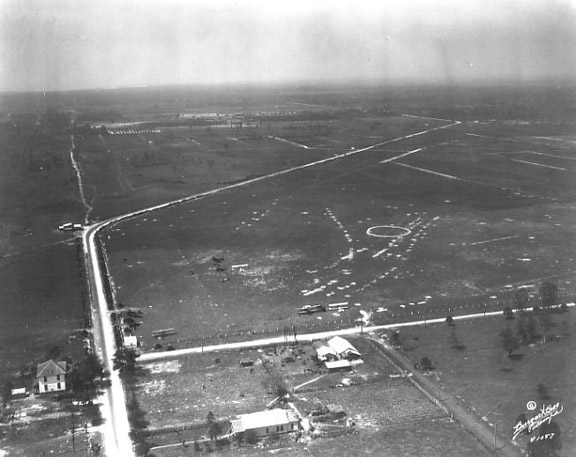
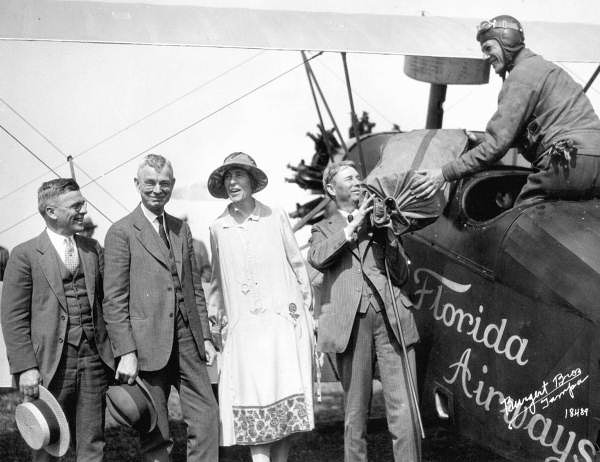
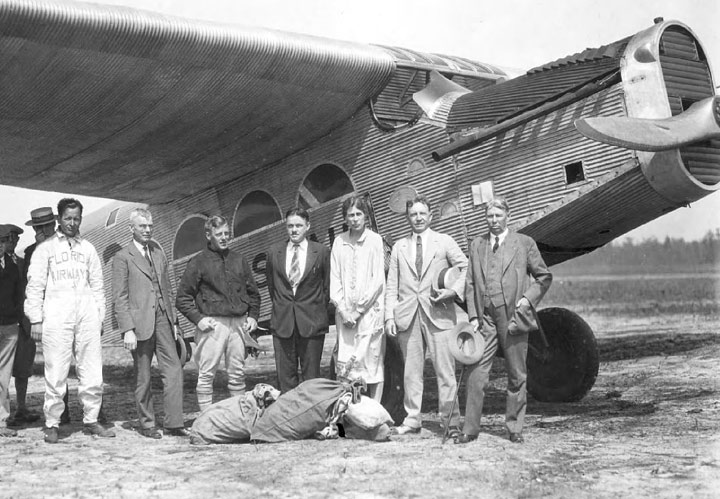
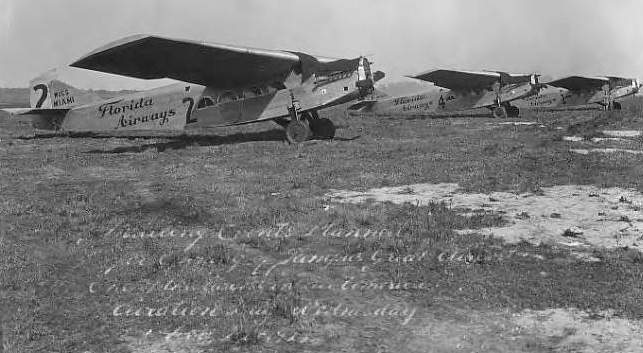
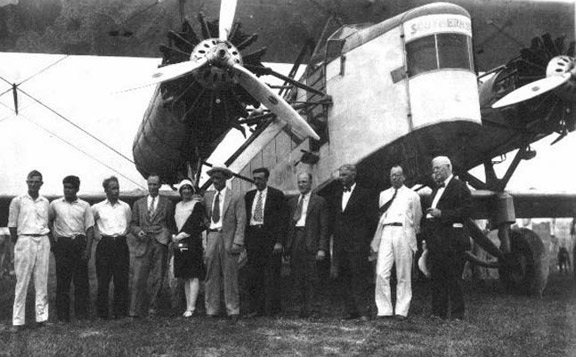
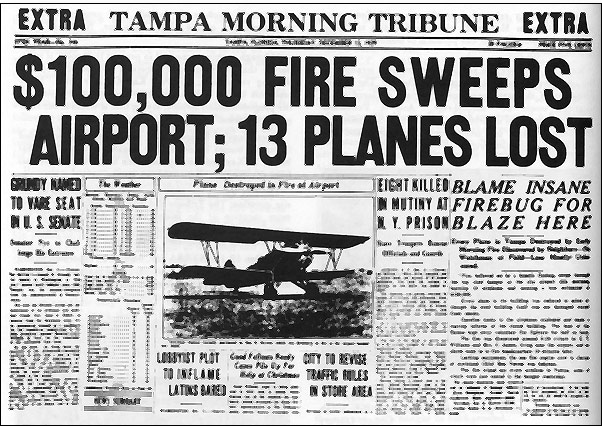
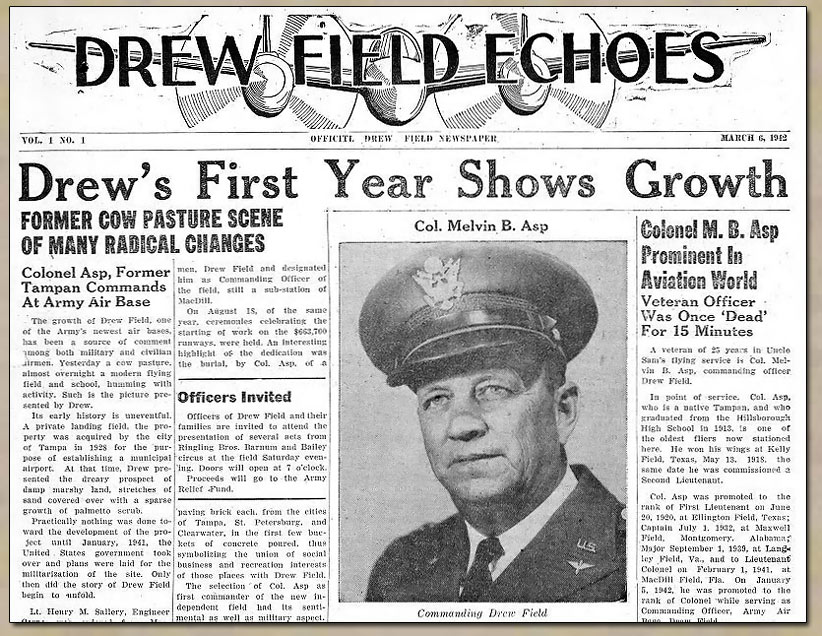
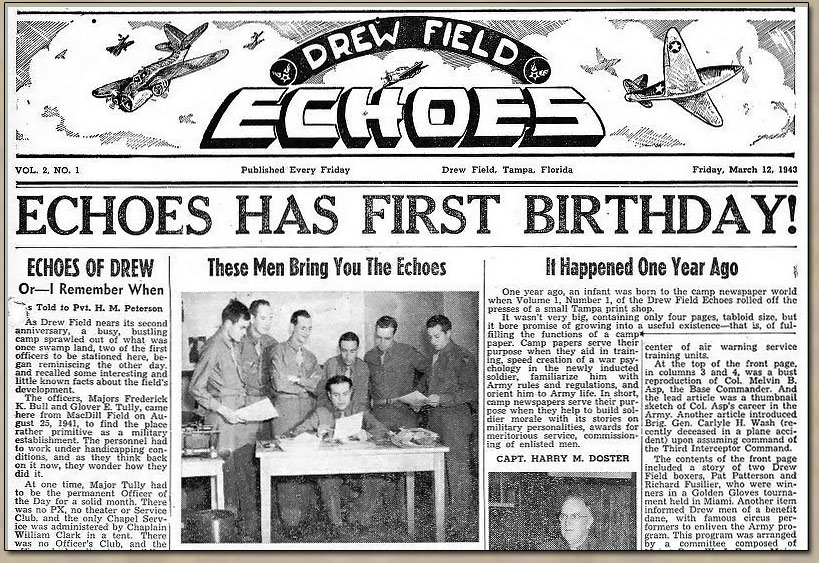
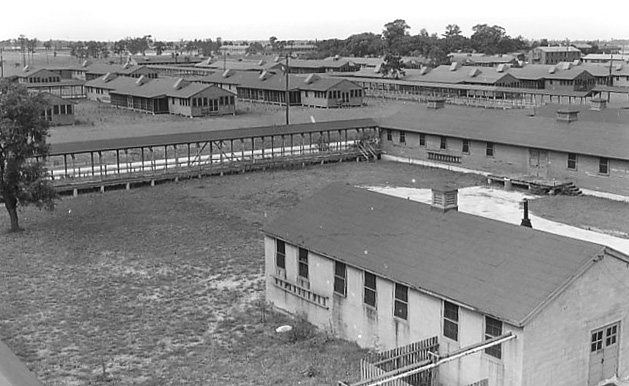
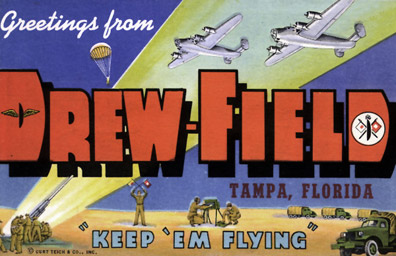
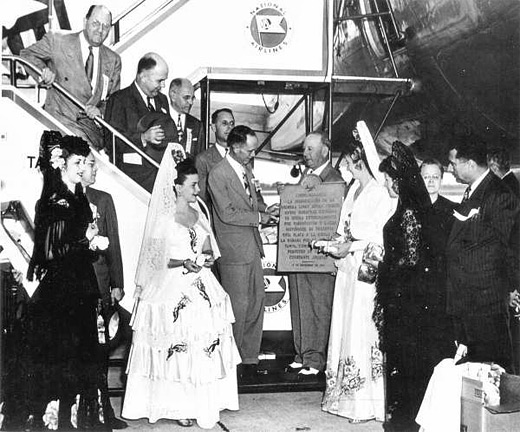
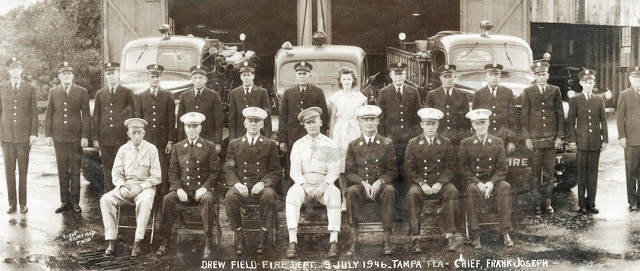
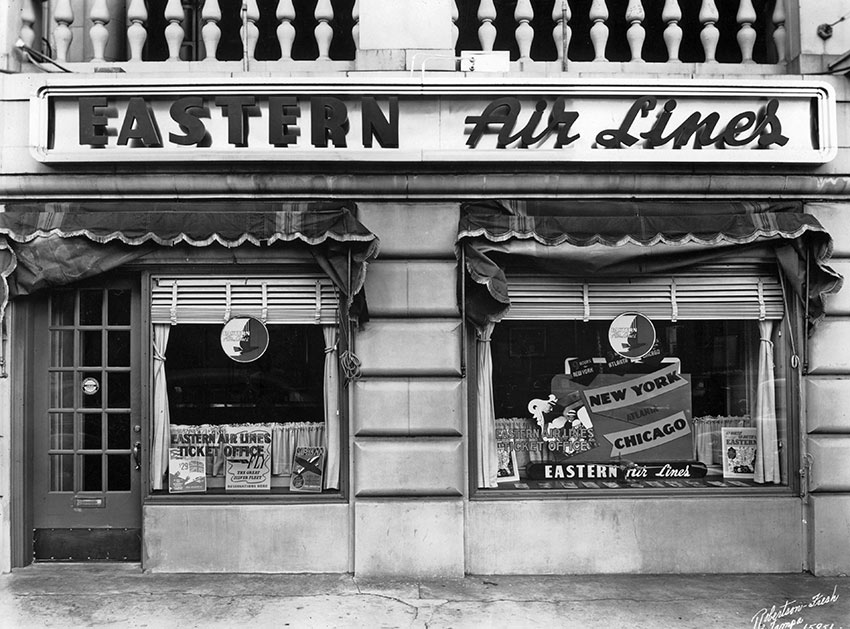
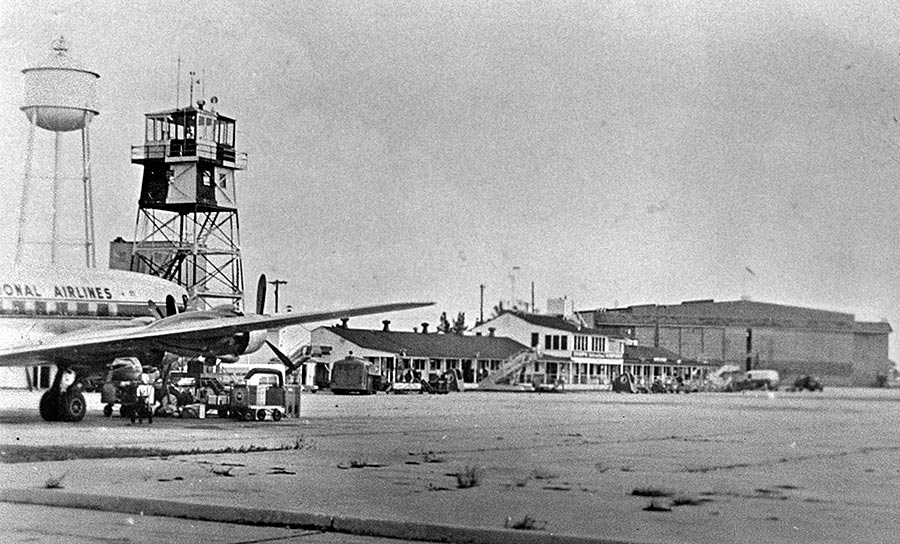
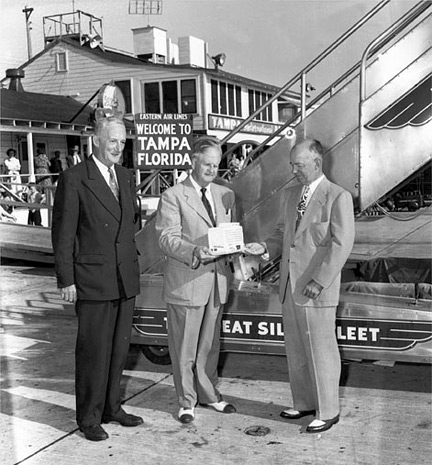
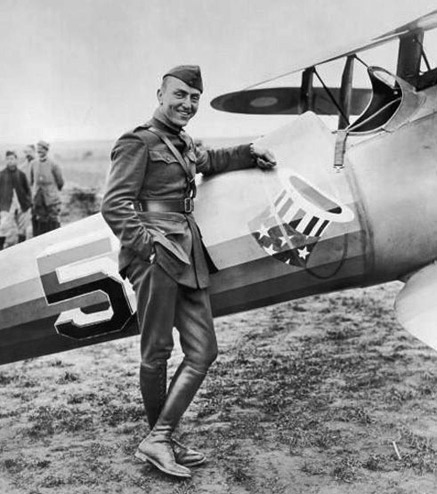
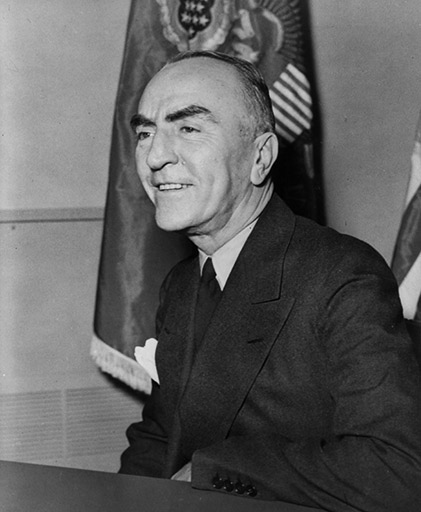
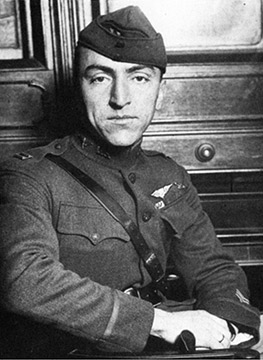
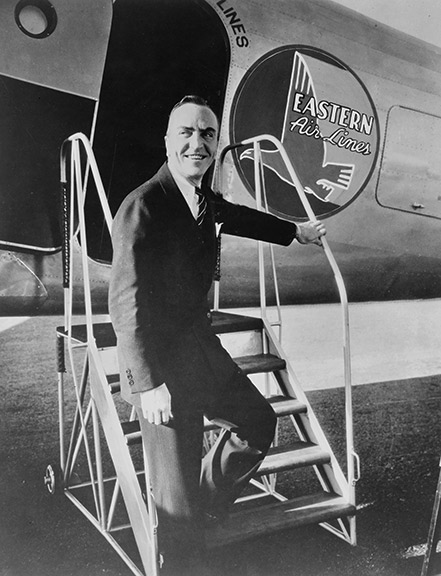

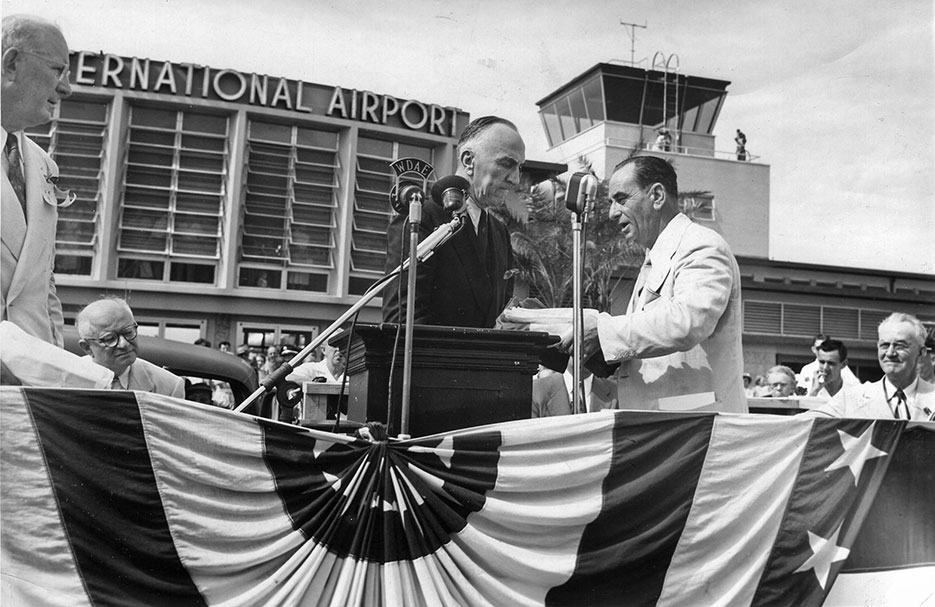

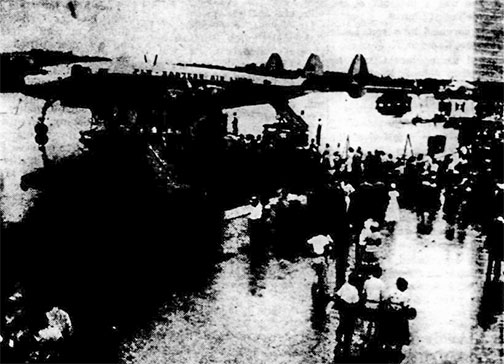
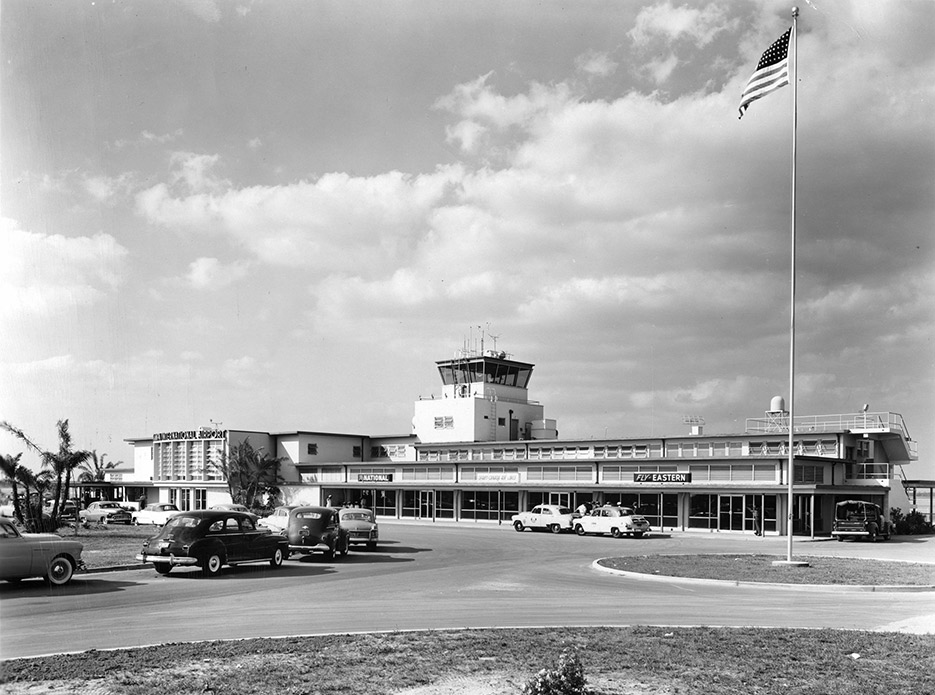
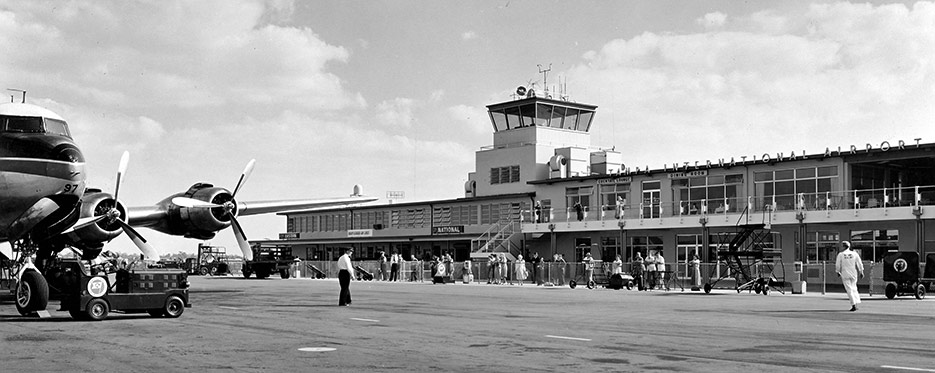
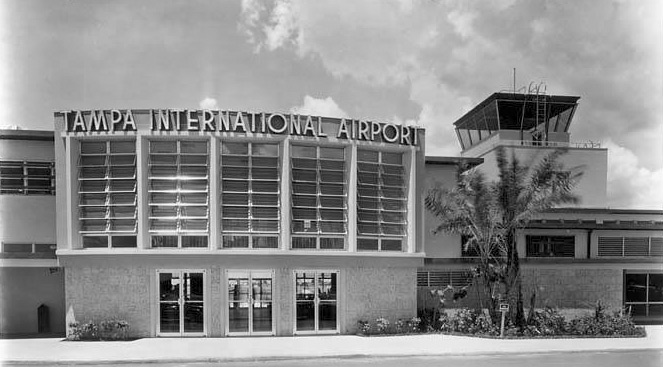
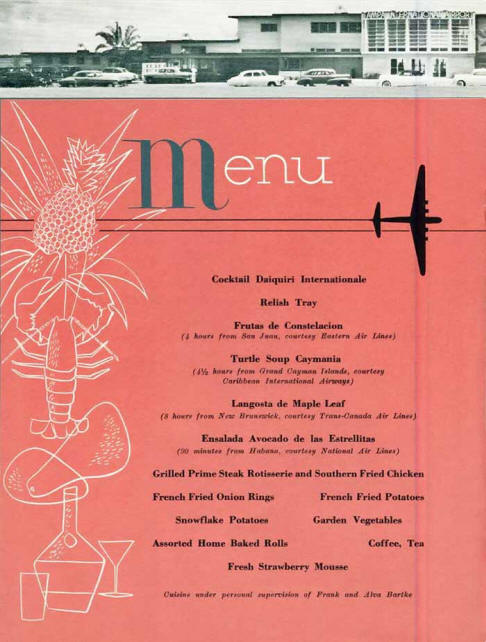
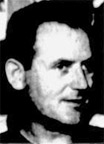
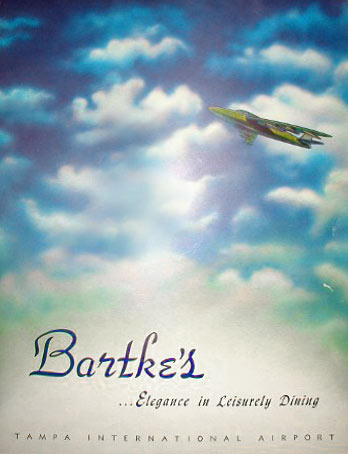
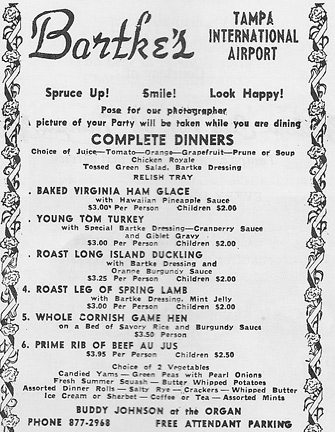 On
Jan. 8, 1956, it was announced that Bartke's at Treasure Island and
Bartke's at Tampa International Airport (along with Ciro's Supper Club
on Treasure Island) were sold for $600,000 ($500,000 for Bartke's,
$95,000 for Ciro's) to Joe Lefft, former Miami Beach restaurateur, and
Phil Turk, former New Yorker and St. Pete resident. Plans were
to change the name of Ciro's to Bartke's and begin a $50,000
renovation project that would allow them to open the restaurant by
Feb. 1, 1956. Lefft and Turk also obtained permission from Tampa
International Airport to expand that location by another 150 seats,
enlarging the dining area by taking over the terrace over the airport
building. By the time of the announcement of the sale, Lefft had
already completed the installation of a new cocktail lounge at the
airport location.
On
Jan. 8, 1956, it was announced that Bartke's at Treasure Island and
Bartke's at Tampa International Airport (along with Ciro's Supper Club
on Treasure Island) were sold for $600,000 ($500,000 for Bartke's,
$95,000 for Ciro's) to Joe Lefft, former Miami Beach restaurateur, and
Phil Turk, former New Yorker and St. Pete resident. Plans were
to change the name of Ciro's to Bartke's and begin a $50,000
renovation project that would allow them to open the restaurant by
Feb. 1, 1956. Lefft and Turk also obtained permission from Tampa
International Airport to expand that location by another 150 seats,
enlarging the dining area by taking over the terrace over the airport
building. By the time of the announcement of the sale, Lefft had
already completed the installation of a new cocktail lounge at the
airport location.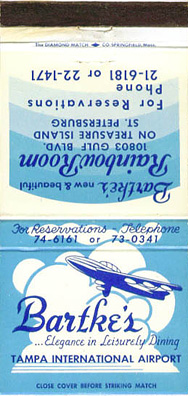 Frank Bartke
owned the Bartke Dinner Theater, formerly the Holiday Dinner Theater,
from 1967 until his death due to a heart attack in September of 1979.
He was 79. His son,
Frank Bartke
owned the Bartke Dinner Theater, formerly the Holiday Dinner Theater,
from 1967 until his death due to a heart attack in September of 1979.
He was 79. His son,
